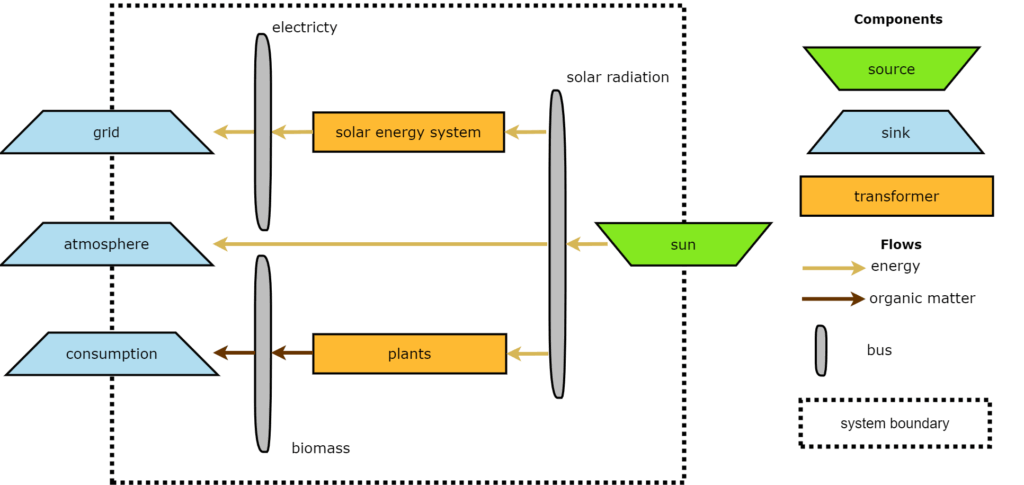Version 0.9 of TESPy is available!
A major refactoring of the presolving and solving architecture has been carried out. The changes will allow users to debug models much more efficiently, as it is possible to extract the list of variables and the list of equations that have been presolved as well as those that are finally passed to the numerical solver. In this context, the presolver now further reduces the model size by identifying linear relationships between variables and mapping such variables to a single one. PowerConnections and respective components like Motor, Generator and PowerBus replace the Bus architecture, for example enabling the modelling of single shaft gas turbines, where the generator efficiency will only affect the net shaft power of the gas turbine.
For the full changelog please check out the documentation website: https://tespy.readthedocs.io/.
Also, a new package in context of thermal engineering has been released under the oemof organization: ExerPy. The exergy analysis features of TESPy have been ported to the new package and it will be developed independently in the future to integrate more methods in the context of exergy analysis. ExerPy provides an easy to use API to read and process the results of your TESPy models.


